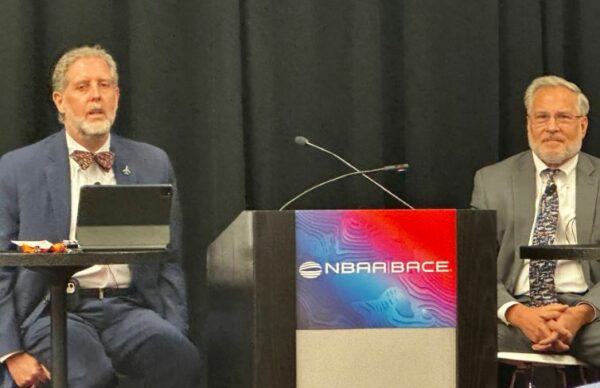ViewTech Keeps Their Thumb on the Pulse Of Industry News
Our only business is borescopes, which makes us the industry leaders in borescope sales and service.

Aircraft Leasing Regulations: Avoiding Illegal Charters

Key Takeaways
- There exists a level of confusion and misunderstanding in the industry around the concept of “wet” and “dry” aircraft leasing, leading to the FAA cracking down on a number of illegal dry leasing cases across the industry
- A “wet” lease occurs whenever a person agrees to provide an entire aircraft and at least one crewmember to lessee; operational control remains with the lessor
- A “dry” lease is considered to be the opposite of a wet lease; operational control is transferred to the lessee
- Problems arise when leases purport to be dry leases operating under Part 91; when in reality, they are wet leases that should be conducted under Part 135 – thereby making the initial charter illegal
Featured Speakers:
- Greg Reigel, Shackelford, Bowen, McKinley & Norton, LLP
- David T. Norton, JD, Shackelford, Bowen, McKinley & Norton, LLP
The FAA is cracking down on policy enforcement – particularly when it comes to the topic of air charter leases. For operations conducted under 14 CFR Parts 91 and 135, the FAA has outlined specific definitions pertaining to the owner and operator of an aircraft.
– Operate: With respect to aircraft, means use, cause to use or authorize to use aircraft for the purpose… of air navigation including piloting, with or without the right of legal control
– Operational control: Exercise of authority over initiating, conducting, or terminating a flight
– Operator: Who ultimately gets to say where the airplane is going and who is ultimately responsible for the safe conduct of the flight
– Commercial operator: An operator carrying persons or property for compensation or hire
– Compensation: Anything of value in any amount transferred with relation to a flight (includes food purchases, fuel reimbursement, gifts, etc.)
These definitions serve to clearly delineate the different stakeholders in a lease. It is vital that these definitions be followed vehemently, as they defer certain legal and operational obligations upon their respective parties. For example, it is the operator that is ultimately responsible for the safe conduct of the flight; however, determining who that operator is depends on the type of lease agreed upon.
“Wet” Lease:
– Any leasing arrangement whereby a person agrees to provide an entire aircraft and at least one crewmember to lessee
– Under FAA rules, presumes operational control stays with the lessor
“Dry” Lease:
– Not specified in the FAR, but generally considered to be the opposite of “wet lease”
– Under FAA rules, presumes operational control has been transferred to the lessee
For aircraft owners, pilots, and operators alike – following these legal definitions is paramount to avoiding enforcement. In cases where the FAA believes you have been either careless or criminal in action, they are within their legal rights to pursue disciplinary action ranging from the revocation of a pilot’s license – all the way up to and including criminal prosecution.
Industry lawyers stress that policy enforcement is the primary concern of the FAA – not with disciplining pilots and aircraft owners. For those that are unsure of their own legal standing or feel they might be dealing with policy enforcement in the future, they recommend early intervention with the FAA.
Back to NBAA BACE
Request a Free Demo Unit
Check the box in the form below and one of our representatives will arrange a free demo unit.
Call Us at 231-943-1171
– Or –
Fill out the form below and one of our representatives will contact you.









